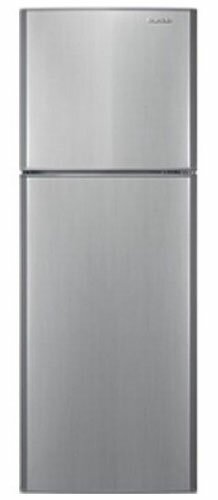A Competent Operation of Refrigerators Part One.
2011-12-19

This theme was resulted from questions often asked by phone and on-line. Each master repairing refrigerators knows what well and what bad is for refrigerators. So, this article deals with our advice on how to correctly operate the refrigerator. The durability as well as reliability of refrigerators largely depends on the operation. Remove the forgotten instruction again and reread it, and we will try to add and arrange the accents. 1. Drainage. There is the evaporator drain, which should drain melt water in refrigerators with "droplets". Drainage is located at the bottom of the refrigerator compartment at the rear wall (in the gutter). The hole must be kept clean. To engage in less cleaning, try to avoid foisting products close to the evaporator (the back wall from which drops are flowing). A sign of a clogged drainage is water at the bottom of the fridge chamber. Then this small problem grows into a need of repairing. Namely, water moistens the tube of the refrigerator circuit (perhaps, you feel a slight warming in the refrigerator door gasket). Typically, these tubes are made of steel. Some rust (a time deal) creates a hole in the refrigeration system, refrigerant goes, and refrigerator (or one of the cameras) is not operating. When cleaning the drainage hole - try to remove any contamination and only then use a thin plastic rod to complete the cleaning. Then rinse it with some warm water (NO MORE than 100 g!) with a ball syringe (with pressure). 2. If You are exploiting No-frost refrigerator with top freezer location. At the bottom of the camera closer to the door, there are holes in a lattice (not in all models) for the air circulation. When cleaning the freezer, avoid hitting debris in the holes. Particles get into the channels of the refrigerator with a stream of air. They begin to decompose (especially if the refrigerator does not use for a while) and it leads to unpleasant odors. To clean these channels is difficult. A sign of contamination - the appearance of water in the refrigerator compartment and (or) worse cooling (primarily in the cooled products chamber). In this case, consult the master. 3. Turning on and off the refrigerator (if it is necessary). All refrigerators must follow a common rule - after (forced manual) off must be at least 8-10 minutes before the reinclusion. This time is necessary for unloading of the compressor before starting. For elements of the electronic control, such an exposure will be benefit. A delayed start-up has been already programmed in the control unit in some electronically controlled models. Turning off refrigerators with electronic control should be started with the remote control (if such a function is provided for your model of the refrigerator - see. Instructions) and then - you can unplug the refrigerator. Do not panic if turning a refrigerator system with No-frost, you have not heard the distinctive sound of its work. The refrigerator may be currently in a cycle of thawing. Wait a few minutes (sometimes up to 30 min.) And most likely refrigerator will start. The electrical outlet for a refrigerator should have a full contact. The plug of the refrigerator should not hang out in the socket. This is bad both for the refrigerator and your safety. If the plug of the electric appliance heats up, immediately apply measures to repair the electrical network. Avoid the use of various adapters and bridges. Typically, they are unreliable and short-lived. When the abnormal power failure is occurred, use a protection. Details of the protection and surges are described here: https://aldo-holod.com.ua/index_porad.php?idst=3







